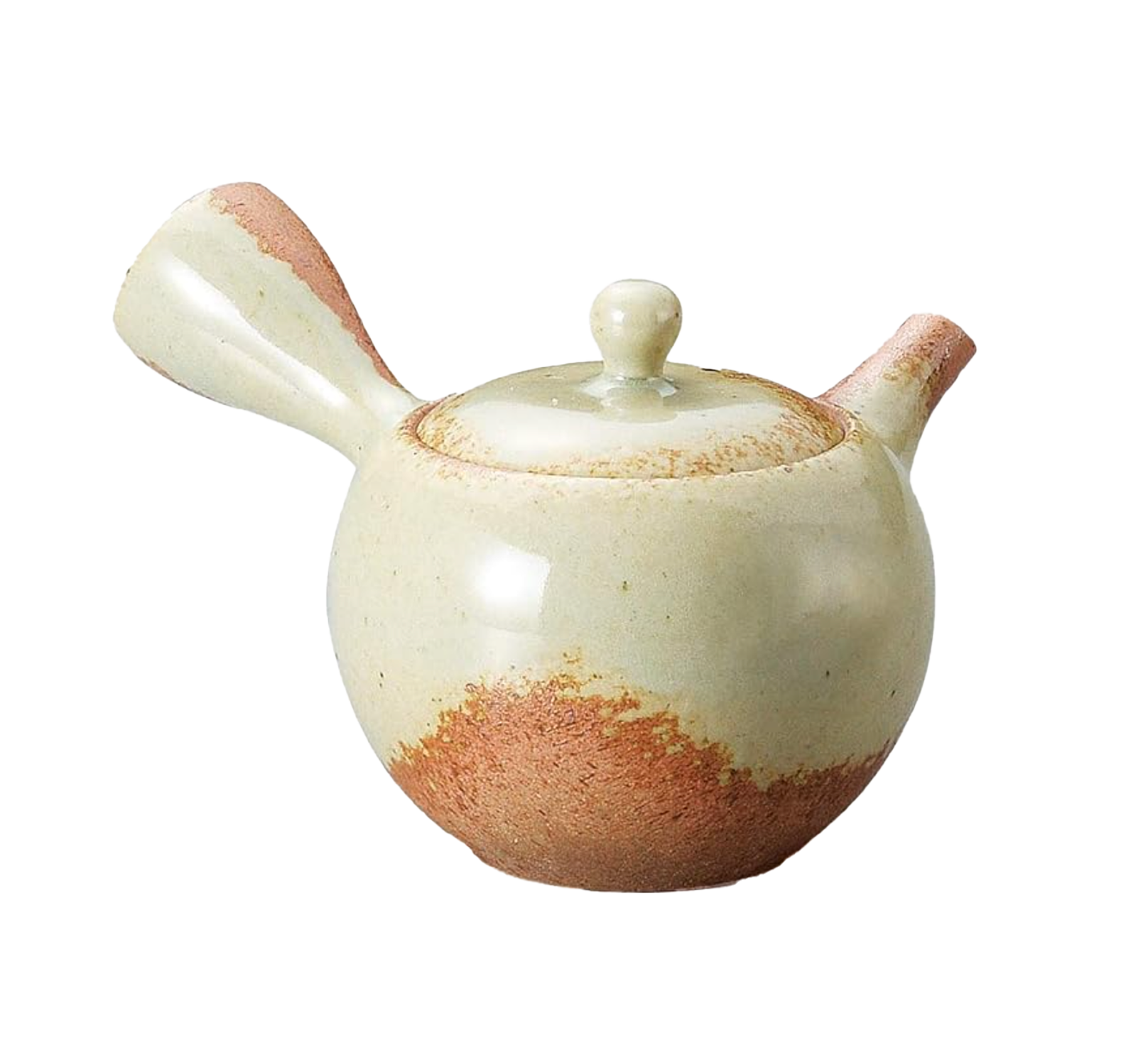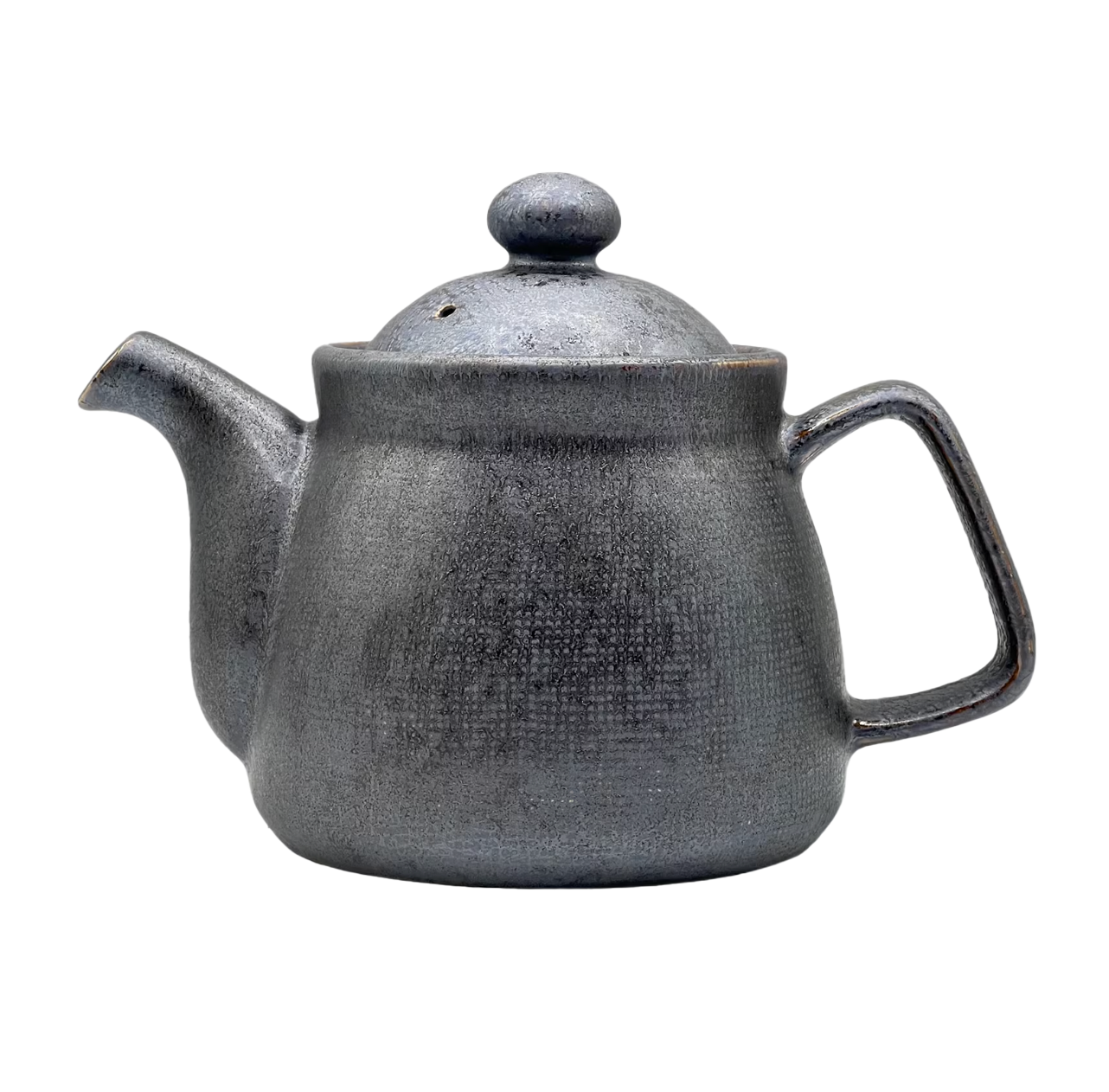[ HOST YOUR OWN ]
SPRING EQUINOX TEA CEREMONY
A tea ritual is a gentle way to mark the shift—an offering of presence, of warmth, of intention. Whether shared with others or held in solitude, this ceremony invites you to tune into the season’s quieter cues: light stretching across the table, steam rising from the cup, something blooming just beneath the surface. It’s not about precision. It’s about reverence — for the moment, for the turning of time, for whatever is beginning again.

What is a Spring Equinox Tea Ceremony?
The spring equinox marks the day when day and night are of equal length, symbolizing the harmony between light and dark. A tea ceremony is a traditional practice in many cultures, centered around the preparation, serving, and consumption of tea with mindfulness and intention.
How to Host Your Own Tea Ceremony:
Set the Intentions: Begin by setting the intentions for your ceremony. Consider themes of renewal, balance, and gratitude for the season ahead.
Choose Your Tea: Select a tea that resonate with the season. Green teas, floral blends, or herbal infusions with springtime ingredients are excellent choices.
Prepare Mindfully: Pay attention to every detail of the tea preparation process. Boil water mindfully, steep the tea with care, and pour with intention.
Serve with Grace: Serve the tea to your guests with grace and humility, honoring the tradition and the moment.
Sip and Savor: Encourage your guests to savor each sip, noting the flavors, aromas, and sensations that arise.
Reflect and Connect: After the tea is served, take a moment to reflect on the experience and connect with your guests. Share thoughts, feelings, and experiences inspired by the ceremony.
Ichi-go Ichi-e
期一会 is a Japanese idiom that describes a cultural concept of treasuring the unrepeatable nature of a moment. The term has been roughly translated as "for this time only" or "once in a lifetime".
Benefits of a Spring Equinox Tea Ceremony
Mindfulness: The ceremony encourages mindfulness, helping participants to be present in the moment and appreciate the simple joys of life.
Connection: Sharing tea with others fosters a sense of connection and community, deepening relationships.
Reflection: The ceremony provides a space for reflection and introspection, allowing participants to contemplate their intentions and goals for the season ahead.
For Rituals
Tea Scoop (Chashaku): A bamboo scoop used to measure the powdered tea. It is traditionally made of bamboo and is an important part of the ceremony's aesthetics.
Tea Caddy (Natsume or Chaire): A container for storing the tea. It is usually made of wood or ceramic and is an essential element for preserving the tea's freshness.
Kettle (Kama): A cast iron or ceramic kettle used to heat water. It should be aesthetically pleasing and have a long handle for easy pouring.
Furo or Brazier: A small portable stove or brazier used to heat the kettle. It can be a traditional charcoal brazier or a modern electric stove.
Tea Mat (Tatami): A mat made of woven straw or bamboo used as a sitting surface during the ceremony. It defines the space for the ceremony and adds to its aesthetics.
Cloth (Chakin): A small cloth used to clean the tea bowl and whisk. It should be made of soft, absorbent material.
Container for Waste Water (Kensui): A bowl or container used to dispose of waste water from cleaning the tea bowls and utensils. It should be placed discreetly in the tea room.










